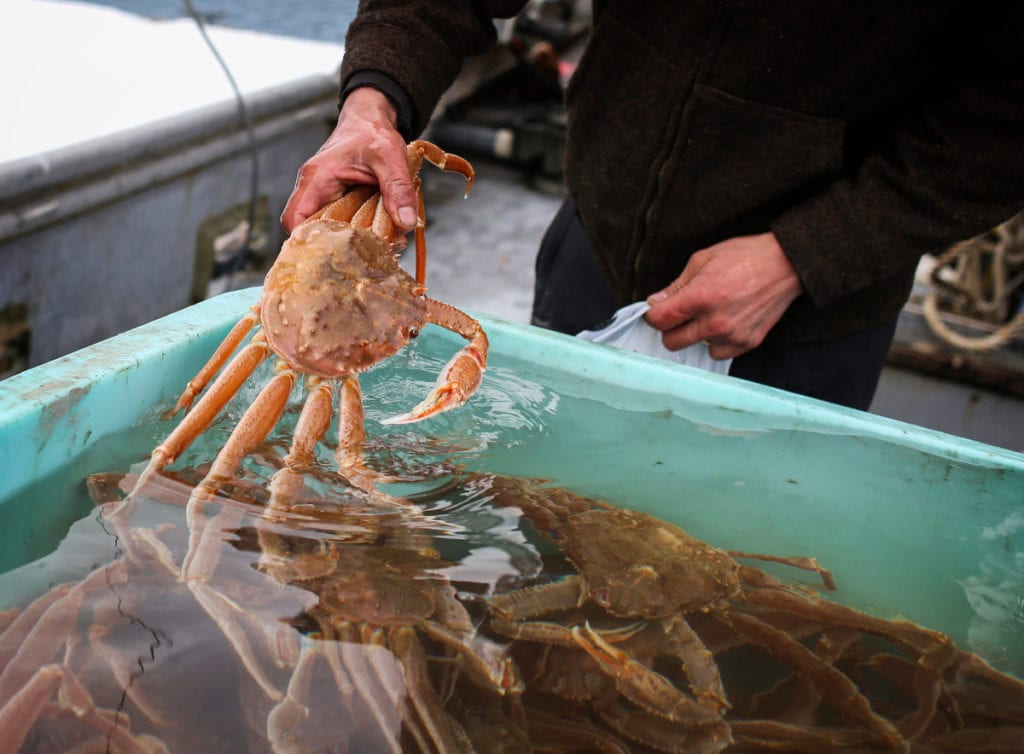
A new federal study led by NOAA Fisheries shows that Tanner crab are among the six commercial fisheries stocks most vulnerable to climate change in the Eastern Bering Sea.
The climate vulnerability assessment released on Sept. 19 by NOAA scientists and partners also identified as among the most vulnerable stocks flathead sole, Pacific Ocean perch, rougheye rockfish, shortraker rockfish and shortspine thornyhead.
Researchers used existing information on climate and ocean conditions, species distributions and species growth and development for 36 groundfish, crab and salmon stocks, as they sought to identify potential impact of changing climate, ocean temperatures and other environmental conditions, the report said.
Bob Foy, director of the Alaska Fisheries Science Center, noted the importance of Alaska fisheries, which contributed 58 percent of U.S. landings and 29 percent of U.S. ex-vessel value in 2016, with the majority of Alaska landings and value from Eastern Bering Sea shelf harvests.
“In the past few years, water temperatures have been much warmer than average, making the need for studies like this all the more imperative,” Foy said.
“Our science both in the field and in the lab is critical to monitor ecosystem changes and provide short-term and long-term forecasts to help commercial, recreational and subsistence communities anticipate and respond to changes that impact their way of life,” he said.
“Our models projected more variability in salinity and water temperatures in the offshore ocean habitats where all of these species tend to be found, making them more vulnerable than other species which inhabit different areas,” said Paul Spencer, a NOAA Fisheries biologist and lead author of the study.
The researchers classified nine flatfish stocks, crab, forage fish, rockfish, sablefish, Giant Pacific octopus, sculpins, Pacific cod and walleye Alaska Pollock as having lower vulnerability due to their mobility. Field and lab studies on Pacific cod have also shown that warmer water temperatures and lower pH levels can affect prey availability, as well as Pacific cod egg, larvae and juvenile development, the report said.





